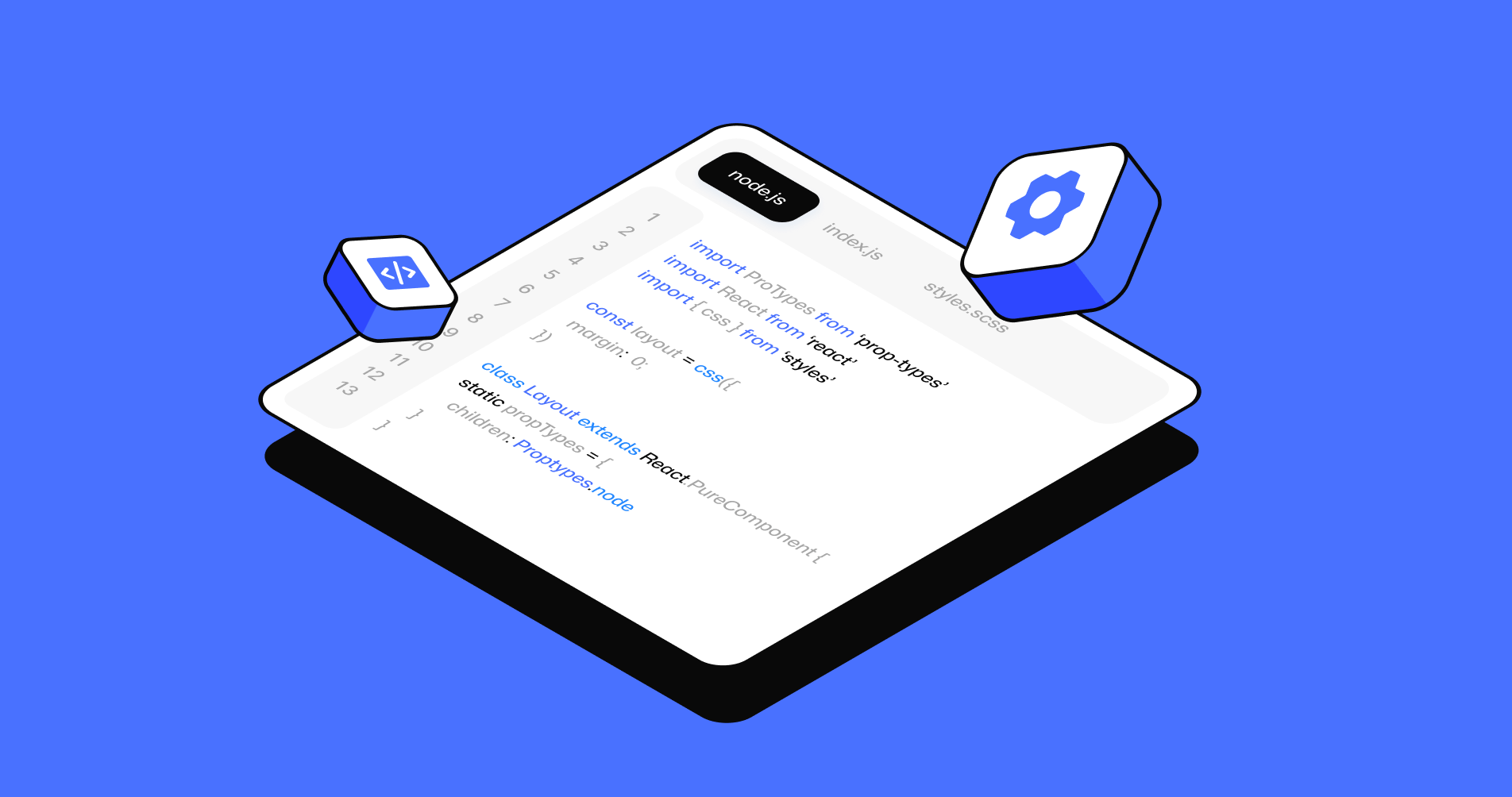Designing AI-Powered Pipelines for Unstructured Web Data
Learn how to design AI-powered pipelines that transform messy web data into clean insights for market research.

The internet is a glorious junk drawer. Inside you will find shimmering insights, half-finished thoughts, and a surprising number of cat photos, all jumbled together in pages, PDFs, feeds, and forums. Turning that sprawl into clean, reliable signals is the central challenge for teams who want to analyze markets with confidence.
This guide shows how to design a modern pipeline that collects, cleans, and converts noisy material into crisp summaries and ready-to-use facts for decision makers in AI market research. The goal is simple to say and tricky to do: capture the web’s chaos, preserve important context, and present trustworthy conclusions without turning your infrastructure into an overcaffeinated Rube Goldberg machine.
What Makes Web Data So Unruly
Unstructured means the information refuses to arrive in neat columns. Web pages change layouts without warning, PDFs hide tables in decorative fonts, and social posts smuggle meaning into emojis and images. The first job of a good pipeline is to anticipate that chaos. Plan for character encodings that show up like cryptic postcards from faraway keyboards. Expect JavaScript rendering that reveals content your crawler would otherwise miss.
Treat each source as a neighbor with quirks. Some will hand you pristine HTML with honest meta tags. Others will wrap vital details inside dynamic widgets that play hard to get. If you treat these surprises as the default rather than the exception, your pipeline will survive Tuesday afternoon redesigns without flopping over.
The Core Principles
Three values carry you farther than any single model upgrade. Resilience keeps the lights on when inputs get weird. Transparency lets you trace every transformation, from raw bytes to the sentence that appears in a report. Respect for data owners keeps you aligned with policies and keeps your crawler welcome. Put those values into code. Follow robots.txt, honor terms, and identify the crawler with clear contact details.
Store raw artifacts next to normalized text so you can reproduce a result or re-parse when a better tool arrives. Instrument every stage with thoughtful logs and metrics. If you can answer “where did this sentence come from” in under a minute, you are on the right track.
From Ingestion to Insight
Think in layers, each with a clear contract. A scheduler decides when to fetch and which domains deserve priority. Fetchers pull content with polite rate limits and sensible retry logic. Deduplication checks hashes before storage and spares you wasted cycles. Everything that survives lands in object storage as a raw snapshot and in a staging table with metadata. The processing layer converts messy responses into something usable.
Parsers extract text, images, and tables. Renderers step in when a page hides content behind scripts. OCR gives PDFs and screenshots a second chance. Cleaners strip boilerplate and ads while preserving headings, captions, and figure notes that give passages their meaning. When you treat cleanliness as a craft, later stages stop tripping over tiny messes.
Processing and Storage
Storage should match your questions. Keep raw fetches and rendered snapshots in durable object storage so you can re-run experiments without crawling the world again. Track lineage and metadata in a relational store that you can actually query. Index normalized text for fast keyword search. Add a vector store for semantic search and clustering, since topics travel under new names and synonyms.
The mix sounds fancy, yet it stays practical if you keep the schema simple. Record the source URL, crawl time, content hash, detected language, author fields when available, and key entities you can resolve later. With those anchors in place, you can adopt new models without rethinking your foundation every month.
Serving Results
Presenting results is not an afterthought. Expose clean APIs and curated views. Show explainable snippets, not just scores. Indicate where a claim came from, how recent it is, and how confident the system feels. Provide feedback hooks that let users flag oddities.
Fold those signals into training sets so the system improves in the directions that matter most. A crisp feedback loop turns skeptical readers into collaborators who help your pipeline get sharper without wrestling with the underlying machinery.
Modeling and Reasoning
This is where language models and task-specific components take over. Build extractors that pull facts with schema constraints and validation. Ask for a price, then verify that the value is numeric and the currency is recognized. Ask for a date, then parse it into a standard form. Use summarizers that produce concise briefs with citations back to the exact source URLs. Add rankers that combine lexical signals with semantic signals so the best passages rise to the top.
For complex questions, orchestrate retrieval with a plan that starts broad and narrows as evidence accumulates. Keep prompts and templates in version control, and associate them with evaluation runs so performance changes are measured rather than guessed.
Choosing Models and Tools Wisely
Pick models the way a chef picks knives. Use a sturdy utility blade for daily chopping, and save the delicate slicer for fine work. Lightweight models handle high-volume extraction at scale. Larger models handle summarization and reasoning when precision matters.
Benchmarks are useful, but local evaluations matter more, because your sources are peculiar in ways leaderboards cannot predict. Watch token costs, latency ceilings, and rate limits. Run ablations that test whether a clever step actually improves outcomes or only adds complexity that will bite you during the on-call shift.
Retrieval and Summarization You Can Trust
Embeddings give you fuzzy recall, which helps when a company renames a product and changes every headline overnight. Choose embeddings that match your domain and refresh them if vocabulary drifts. Pair semantic search with a strong lexical index and a reranker that knows how to balance the two. Retrieval quality is not optional. The model can only reason over what it finds. Good summaries are brief, sourced, and scoped.
Ask for citations with URL anchors. Encourage acknowledgment of uncertainty when signals conflict. If two sources disagree, say so plainly and show both, rather than smoothing the gap with confident phrasing. Synthesis should feel like a careful editor, not a magician.
Quality That Stays Boring
Quality is a process, not a pep talk. Define acceptance tests before you ingest a single page. Measure precision and recall for each extractor. Track coverage across priority sources and languages. Build dashboards that show freshness, failure rates, and duplicate rates. Invite stakeholders to read blind summaries next to source passages and grade fidelity.
Aim for boring reliability. Flashy models are fun, but consistent correctness wins in the long run. Write playbooks for frequent failures so on-call engineers resolve issues quickly instead of spelunking through logs at 2 a.m. When quality becomes routine, trust follows.
Costs and Latency Without the Drama
Budgets are real, even when ambitions are not. Map the cost of each stage and set alerts when spend per document drifts upward. Cache aggressively for expensive steps and batch operations where it helps. Stream when freshness matters and batch when it does not. Trim prompts that quietly grew into essays. Keep an emergency mode that falls back to cheaper models or reduced features during traffic spikes.
Latency deserves its own plan. Precompute embeddings, warm caches, and keep retrieval paths short. A spinner that feels like a coffee break will quietly push users back to manual searching, which defeats the entire purpose.
Privacy and Compliance Without Panic
Privacy rules are navigable if you respect them. Classify data by sensitivity and keep personal information out of training sets unless you have explicit permission. Honor takedown requests quickly and verify that deletions propagate across caches and backups. Mask secrets in logs. Segment access so casual browsing of raw content does not happen.
Keep audit trails for the day someone asks how a snippet ended up in a report. Good hygiene makes hard conversations easy and reduces the blast radius when something goes sideways. Responsible systems age well, because no one is sprinting to patch a mystery from six months ago.
A Short Setup Checklist
Start with sources you can crawl cleanly and expand from there. Decide the minimal schema that captures provenance and essentials. Choose a search index and a vector store you understand, not the flashiest option with a labyrinth of toggles. Implement evaluation early, even if it begins as a simple spreadsheet of checks.
Build dashboards before you build the fanciest model. Automate the boring parts so engineers do not live inside repetitive tasks. Document the sharp edges so in the future you do not rediscover them during a release window. Ship something small, measure it honestly, and iterate with your top users in the loop.
Conclusion
A well designed pipeline treats the web’s messiness as a fact of life rather than a surprise. Capture content with care, normalize it with discipline, and layer retrieval with models that reason over grounded evidence. Keep quality measurable, costs visible, and privacy non-negotiable.
Do these unglamorous things well, add a touch of humor for the rough spots, and your team will deliver insights that feel both timely and trustworthy, without the drama or the guesswork.
Subscribe to our newsletter
Get regular updates on the latest in AI search





.png)

